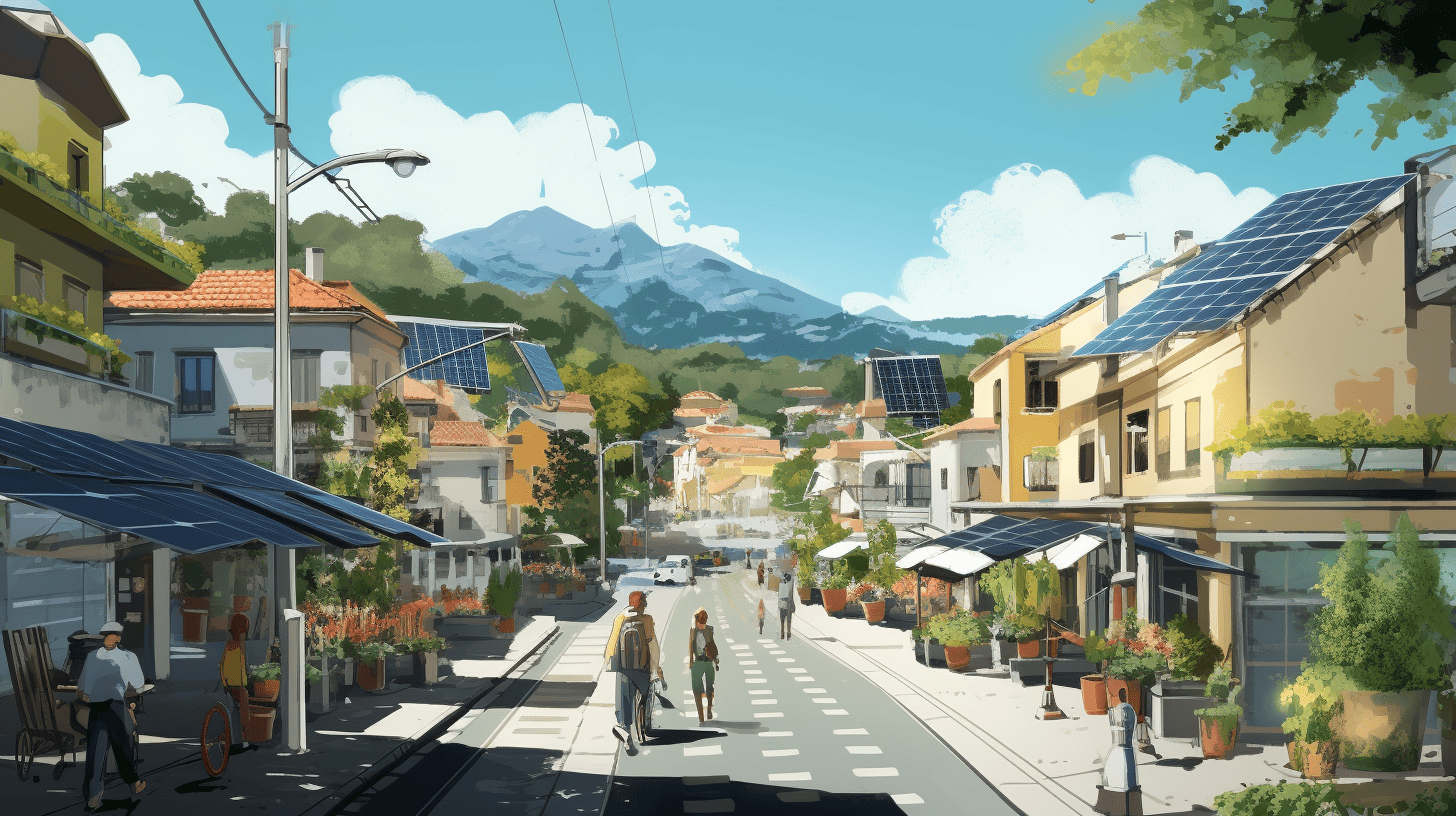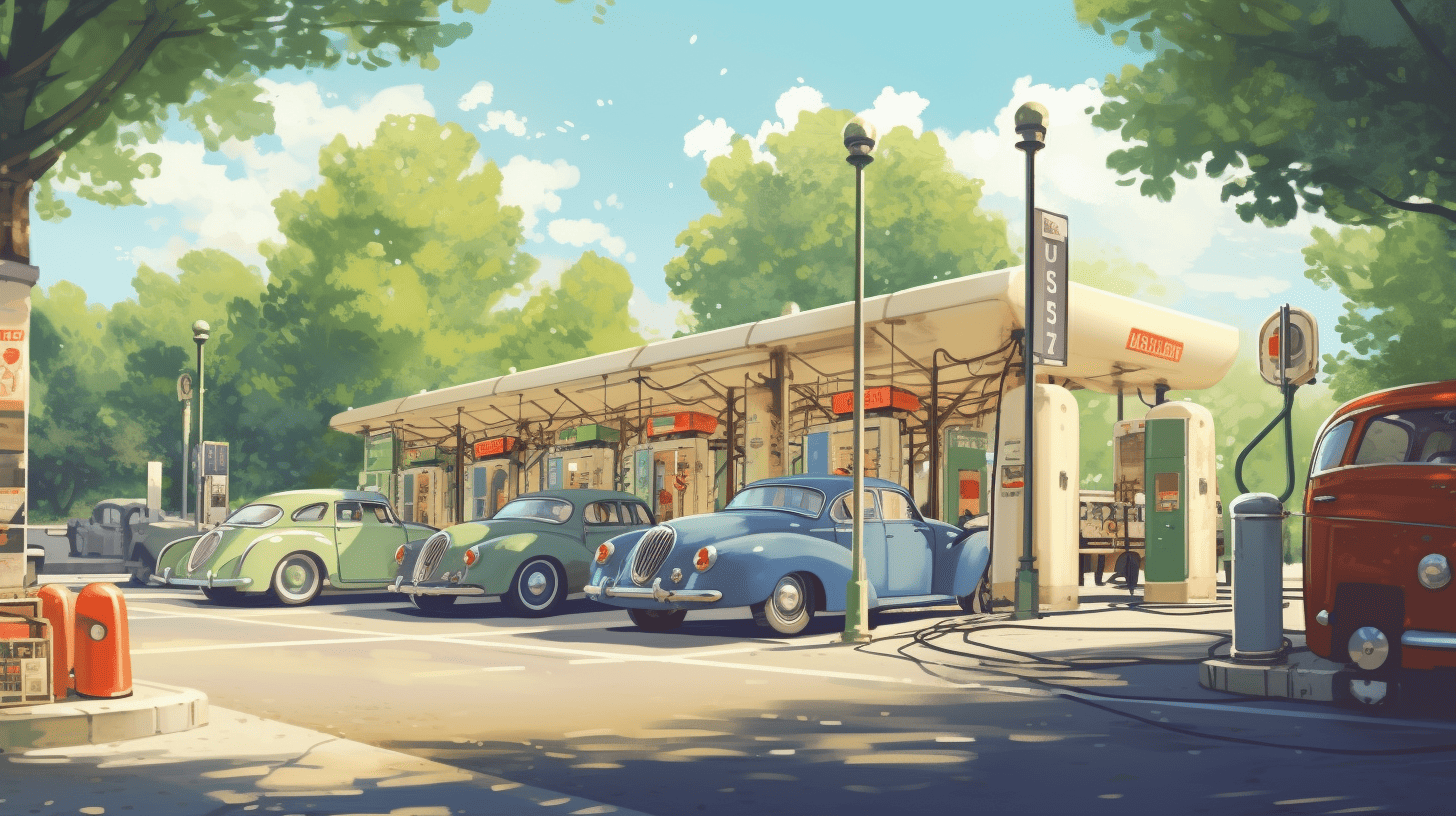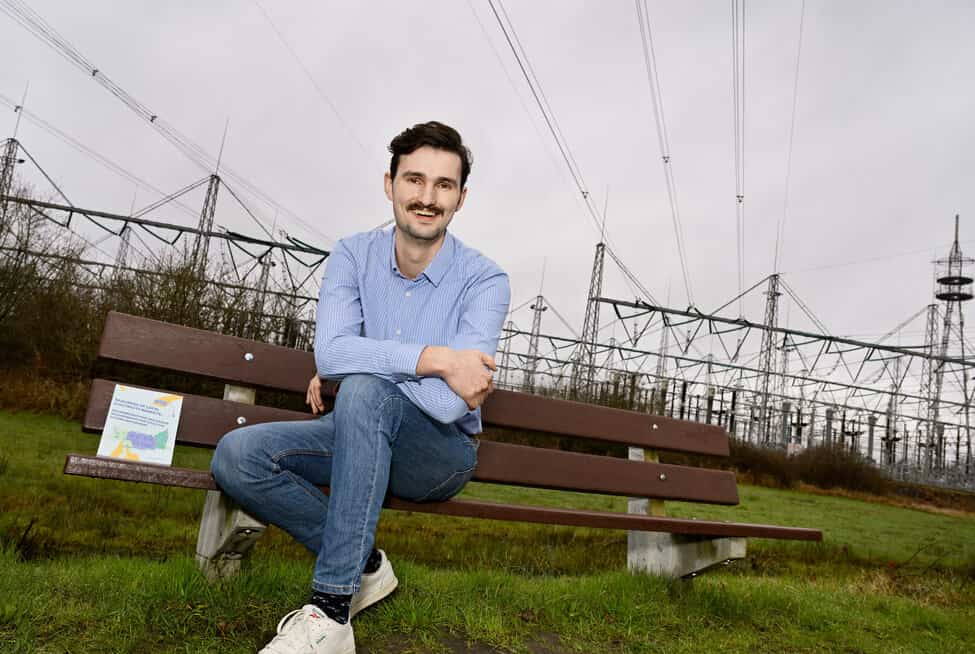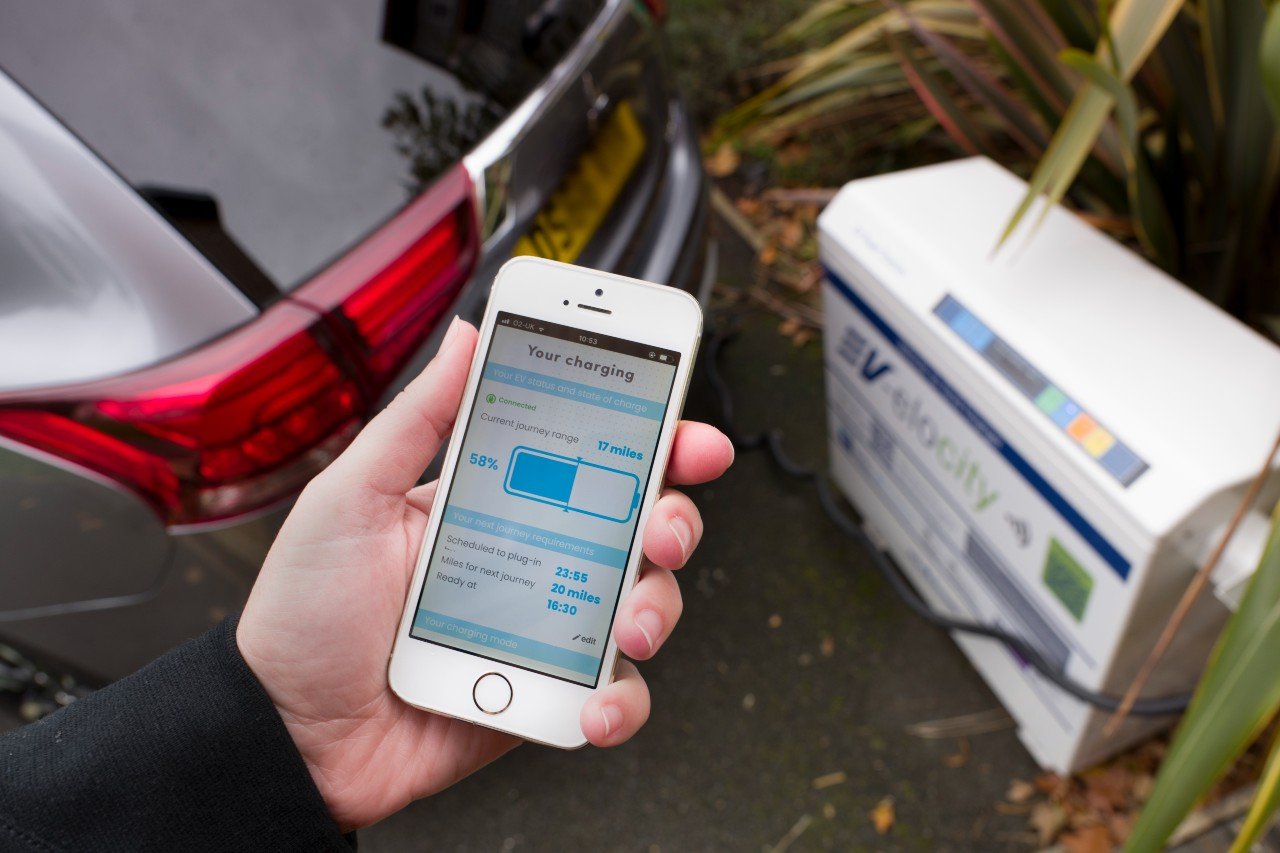
Today, grid operator Stedin announced that the power grid in The Hague is also nearing saturation, putting new large consumers on a waiting list. Nothing will change for households and small businesses, but the growing electricity demand is forcing innovation. Stedin is working hard on grid expansion, but it won’t be ready until 2033. Other solutions relieve pressure more quickly. In Utrecht, for example, a trial of bi-directional charging, in which shared cars supply power back to the grid, is underway.
Why you should know this:
Grid congestion in The Hague – and the rest of the Netherlands – requires more than conventional capacity expansion. Innovative solutions such as bi-directional charging offer a faster and more sustainable approach to growing energy demand.
The power grid in The Hague is under pressure. Especially in districts such as Scheveningen and parts of the city center, the capacity of the electricity grid is approaching its limits. Economic growth, the increase in electric vehicles, and the transition from gas to electricity are putting a heavy load on the grid. For households and small businesses, the situation remains stable, but large consumers face waiting lists for new connections.
These waiting lists are a clear sign that a linear solution, such as adding additional cables, is not sufficient. Innovative approaches are essential to meet the growing electricity demand. One example is the trial of bi-directional charging of shared cars in Utrecht, which allows vehicles to act as a “neighborhood battery.
The potential of bidirectional charging
Bidirectional charging ensures that electric vehicles not only absorb energy but also feed it back into the grid at times when demand exceeds supply. In Utrecht, MyWheels shared cars are linked to We Drive Solar’s charging network. These cars can serve as mobile energy storage by the end of 2023.
This innovative project offers a solution not only for Utrecht. In The Hague, a similar approach could relieve pressure on the power grid without waiting to complete the grid expansion in 2033. The technology offers a dual benefit: stabilizing the power grid and creating economic value for electric vehicle owners.

Other innovative solutions
In addition to two-way charging, more than a hundred other innovative ideas have been proposed to relieve the burden on the power grid. Although the “silver bullet” has not yet been found, the most promising ideas are being further developed. Examples include local energy balancing in residential areas and dynamic market mechanisms for planning and trading electricity capacity.
Off-grid electricity transmission with mobile storage solutions, applying swarm intelligence to optimize electric vehicle charging and alternative solutions for power outage management are also being explored.
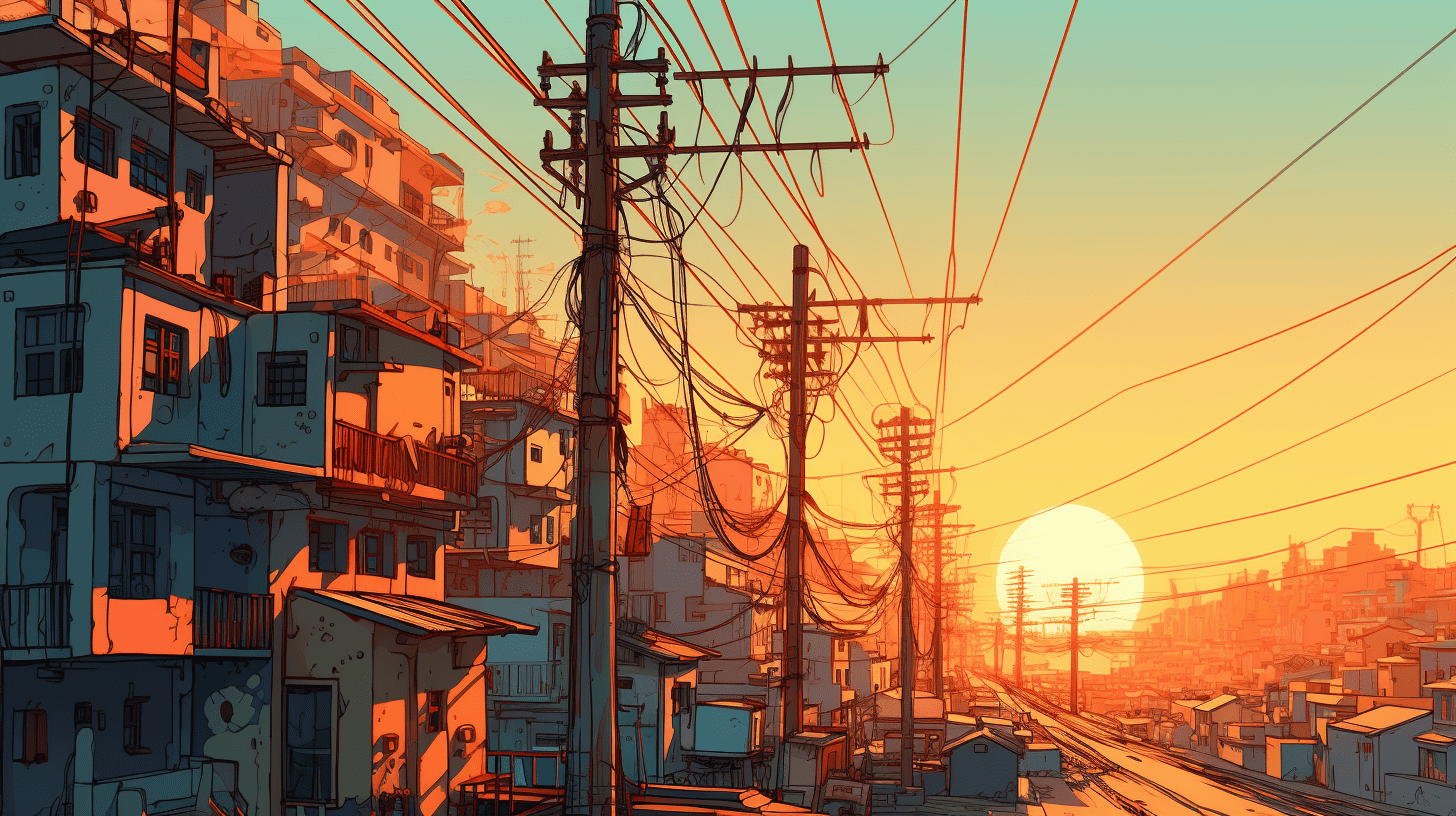
Challenges and future prospects
While innovative technologies are promising, there are challenges. The availability of suitable vehicles and charging stations, the impact of discharge on battery life, and the need for regulatory adjustments require attention. Vehicle-to-Grid (V2G) technology, for example. This technology can feed the energy in an electric car’s battery back into the grid – thus helping to balance the grid. V2G technology is still in its infancy in the Netherlands.
Whereas V2G technology is still in its infancy in the Netherlands, the technology has already demonstrated in Germany that it offers a cost-effective alternative by leveraging the existing battery storage of electric vehicles. The integration of smart charging and bi-directional energy transfer can provide greener and more efficient grid management and make the power supply more reliable.
Conclusion
The challenges surrounding the power grid in The Hague and the rest of the Netherlands require a combination of traditional expansion and innovative solutions. Using electric vehicles as mobile energy storage and applying smart technologies can not only relieve pressure on the power grid but also accelerate the transition to renewable energy sources.


